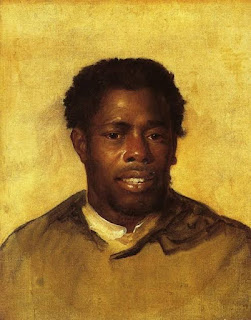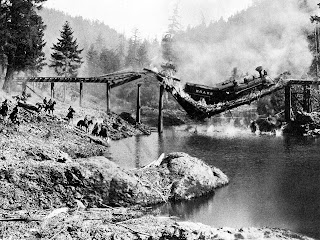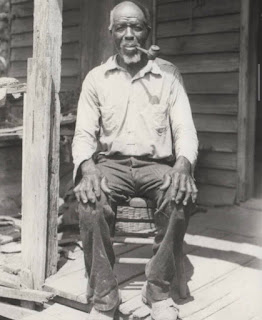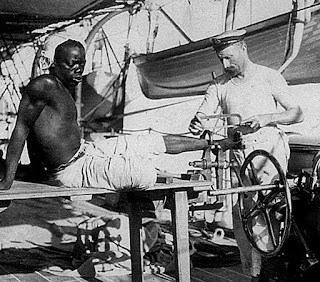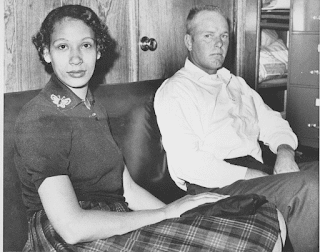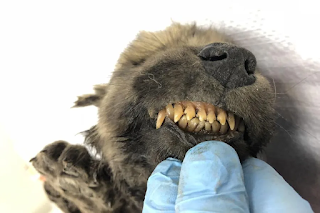1941 – Holocaust: Fifteen hundred Jews from Pidhaytsi are sent by Nazis to Bełżec extermination camp.

1941 – Holocaust: Fifteen hundred Jews from Pidhaytsi are sent by Nazis to Bełżec extermination camp. Below is an extermination camp while on the right is a killing center. Belzec was the first of the Nazi German extermination camps created for implementing Operation Reinhard during the Holocaust. Operating from March 17, 1942 to the end of June 1943, the camp was situated in German-occupied Poland. Between 430,000 and 500,000 Jews are believed to have been killed by German Nazis at Belzec, along with an unknown number of Poles and Roma. Also, only two Jews are known to have survived Belzec and the war: Rudolf Reder and Chaim Hirszman. The lack of survivors(who could have given testimony) is the primary reason why this camp is so little known despite the enormous number of victims.
